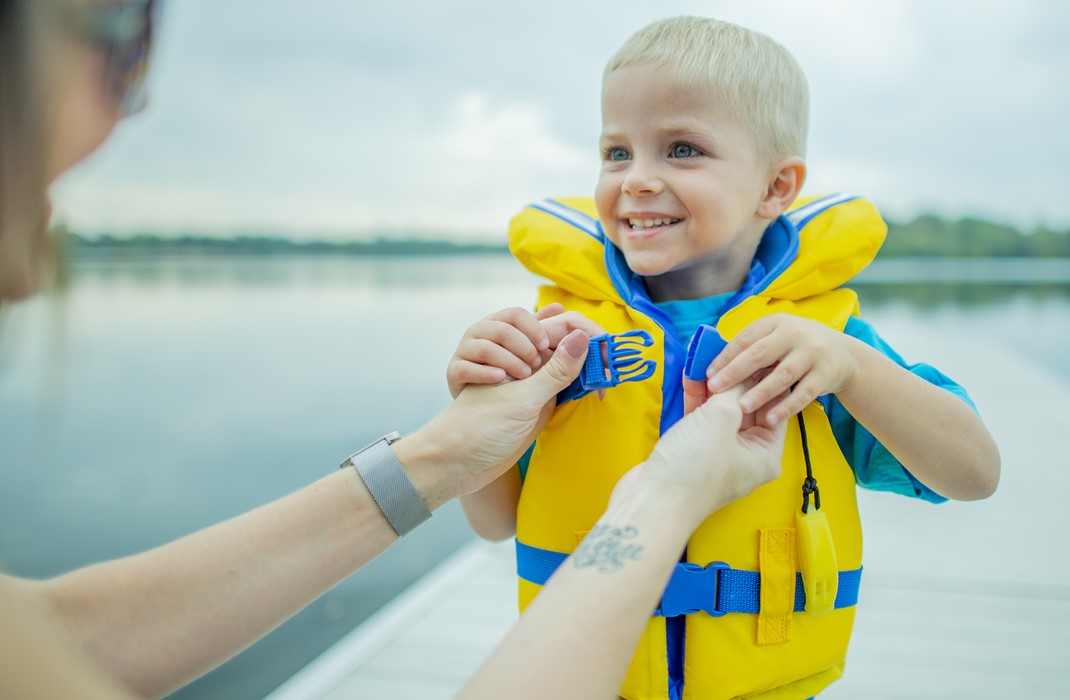-
- Find Care
-
- Visitor Information
- Find a Location
- Shuttles
- Visitor Policies
-
-
- Our Virtual Care Options
- Virtual Urgent Care
- Virtual Visits for Primary & Specialty Care
- Online Second Opinions
- Participate in Research
-
- Contact us
-
- For Innovators
- Commercialization Guide for Innovators
-
-
- Research News
- Alzheimer's Disease
- Artificial Intelligence
-
- Overview
-
- Overview
- Getting Started
- New to Mass General Brigham
- International Patient Services
- What Is Patient Gateway?
- Planning Your Visit
- Find a Doctor (opens link in new tab)
- Appointments
- Patient Resources
- Health & Wellness
- Flu, COVID-19, & RSV
- Billing & Insurance
- Financial Assistance
- Medicare and MassHealth ACOs
- Participate in Research
- Educational Resources
- Visitor Information
- Find a Location
- Shuttles
- Visitor Policies
- Find Care
-
- Overview
- Our Virtual Care Options
- Virtual Urgent Care
- Virtual Visits for Primary & Specialty Care
- Online Second Opinions
-
- Overview
- Participate in Research
-
- Overview
- About Innovation
- About
- Team
- News
- For Industry
- Venture Capital and Investments
- World Medical Innovation Forum (opens link in new tab)
- Featured Licensing Opportunities
- For Innovators
- Commercialization Guide for Innovators
- Contact us
-
- Overview
- Information for Researchers
- Compliance Office
- Research Cores
- Clinical Trials
- Advisory Services
- Featured Research
- Two Centuries of Breakthroughs
- Advances in Motion (opens link in new tab)
- Brigham on a Mission (opens link in new tab)
- Gene and Cell Therapy Institute
- Research News
- Alzheimer's Disease
- Artificial Intelligence
-
- Overview
-
- Overview
- Residency & fellowship programs
- Brigham and Women's Hospital
- Massachusetts General Hospital
- Mass Eye and Ear
- Newton-Wellesley Hospital
- Salem Hospital
- Integrated Mass General Brigham Programs
- Centers of Expertise
- Global & Community Health
- Health Policy & Management
- Healthcare Quality & Patient Safey
- Medical Education
- For trainees
- Prospective trainees
- Incoming trainees
- Current trainees
- Continuing Professional Development
How to Prevent Drowning

Drowning can happen to anyone, anywhere—and it’s more common than you may think. Every day in the United States, there are 11 fatal drownings and 22 near drownings. And it’s a leading cause of death among children.
“Parents can’t be everywhere, looking at their kids for every second of the day,” says Ari Rishon Cohen, MD, a Mass General Brigham for Children physician and chief of pediatric emergency medicine at Massachusetts General Hospital. “But around certain things, we need to be much more vigilant—places like pools, lakes, and oceans. It only takes a loss of concentration for a very short period of time for something devastating to happen.”
The risk of drowning is higher if you live in an area with a lot of pools or access to natural bodies of water. But you don’t need access to a big body of water to drown. “Drownings happen in toilets, bathtubs, buckets, fountains, baby pools, wells,” Dr. Cohen says. “There are always things that kids can drown in, so it’s all about how vigilant you are around all of those potential risks.”
Make a plan for water safety.
Dr. Cohen says one of the most effective drowning prevention methods is establishing a system for careful supervision.
“Assign responsibility for the child or children. If I think my wife is watching them but she thinks I’m watching them, then it’s possible that no one’s watching. So it’s important to have assigned responsibilities for all of the kids, all of the time,” he says.
For example, you can use the buddy system, where every child is paired with an adult. Or you can assign a responsible adult to supervise everyone for a certain period of time. The supervising adult should put down their cell phone and avoid other activities. “If that person needs to go to the bathroom, they need to hand off that responsibility to the next person, or pull the kids out of the water,” Dr. Cohen emphasizes. “You can use whatever system works for you, but you should have a system, and everyone has to agree to abide by it.”
For toddlers and young children, the supervising adult should be within arm’s reach of the children they are watching at all times.
For older kids, such as teenagers, he also suggests that you:
- Insist that they use the buddy system.
- Set times for regular check-ins.
- Make sure they stay hydrated so they don’t become too tired to swim effectively.
Know the swim environment and the rules.
Another important way to improve water safety for kids is to research the area where you plan to swim. Know what the environment is and what the risks are in that particular area. Then when you get there, you explain to children where they can be and where they can’t be.
For example, be aware of:
- Where and when lifeguards are on duty
- Whether the water is deep enough for diving, because head injuries from diving can lead to drowning
- Riptides and undertow, as well as how to swim if you encounter them
- Where rocks are, as they can cause various injuries that can lead to drowning
- Whether there is a lot of seaweed, which can entangle arms and legs
- Distances you’ll have to swim, which can be hard to judge or estimate correctly, especially distance to a shore
Above all, know the rules—and follow them. “There are very specific beach safety guidelines that indicate when it’s safe and not safe to swim. If the flag is red, don’t swim, and don’t let your kids swim when the risk is too high. Pool safety rules are also designed to protect you,” Dr. Cohen says. “Not following those guidelines is just going to get you in trouble.”
Teach your kids how to swim, but stay vigilant.
Dr. Cohen says it’s important to teach children how to swim. But he cautions parents not to assume that children who can swim are automatically safe from drowning.
“Teaching your kids to swim is important, but it’s not 100% protective. It can give you a false sense of security. For example, if your child can swim really well in a pool, that’s really different than swimming in open water where there are waves and seaweed and all kinds of other things that can potentially distract or interrupt a child who is usually able to swim in a nice, calm pool environment.”
He adds that “floaties” or “water wings” also commonly give parents false reassurance. However, a child can still drown when using floatation devices.
More water safety tips
Dr. Cohen and community agencies also recommend the following water safety tips:
- Build fences to fully enclose any pools.
- Consider the effects of medications, alcohol, and health conditions. For example, medications and alcohol can impair judgment, and health conditions such as autism can greatly increase the risk of drowning.
- Learn CPR and what to do in an emergency.
- Make everyone wear a life jacket during water sports, such as boating and paddle-boarding. Make sure it fits well, and always wear it correctly.
- Put locks on toilet lids if you have a toddler or young child.
- Always empty baby pools, buckets, and other things that hold water.
